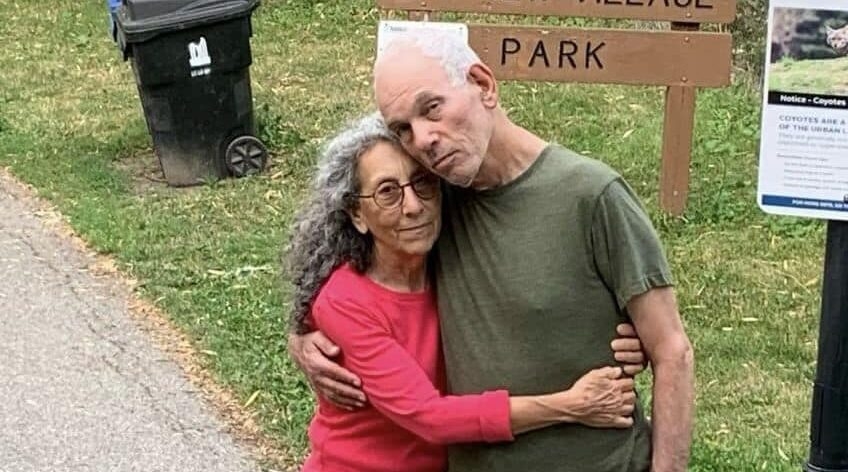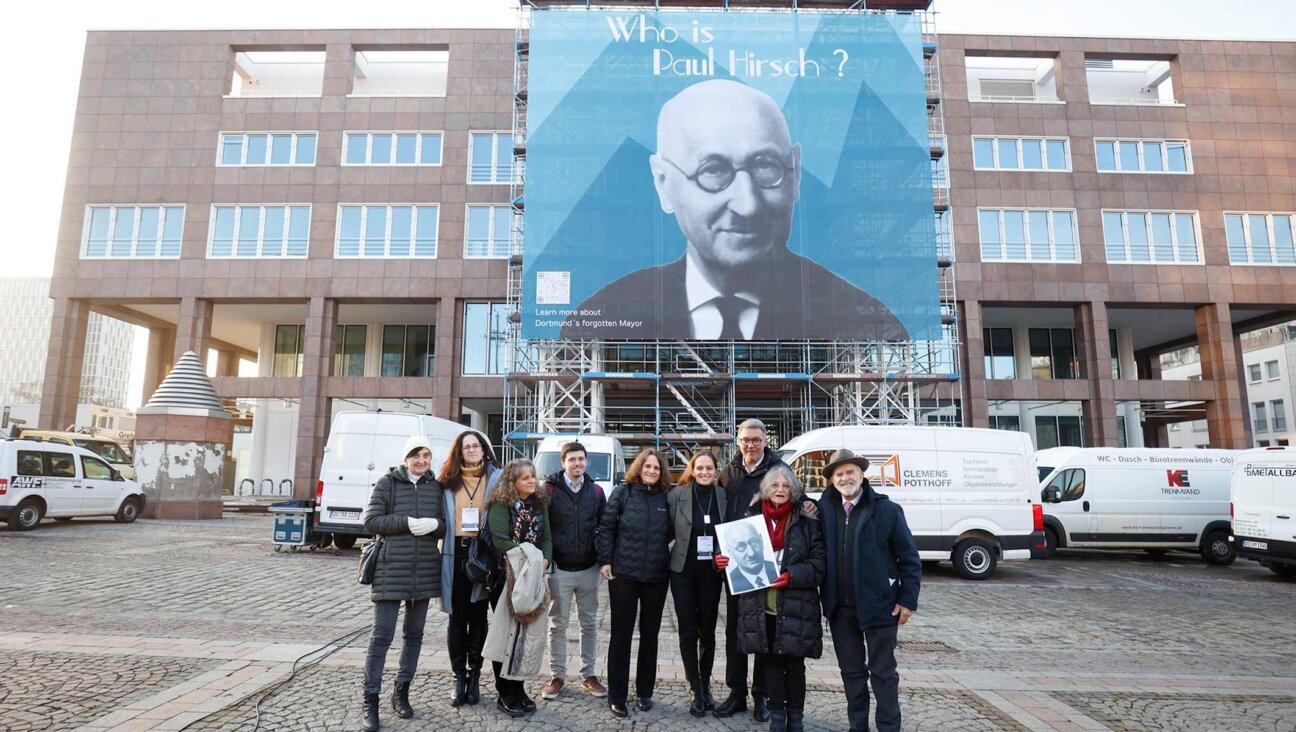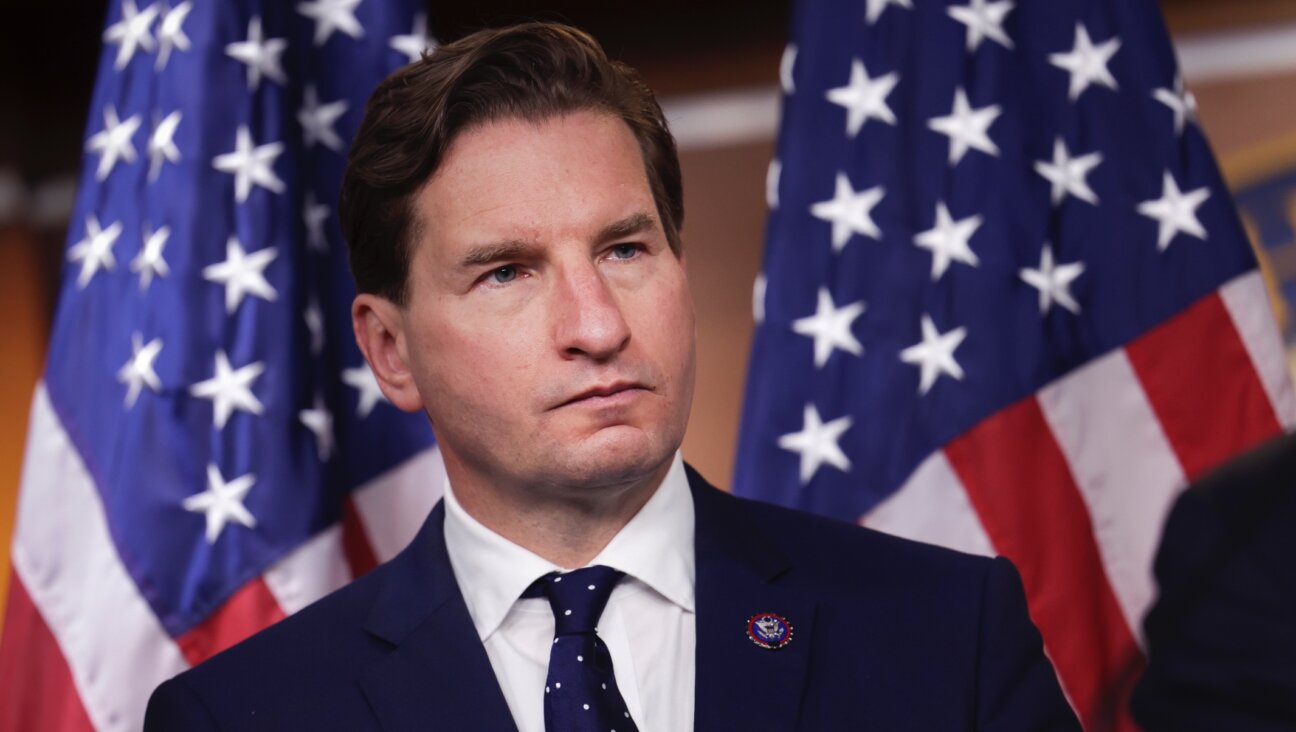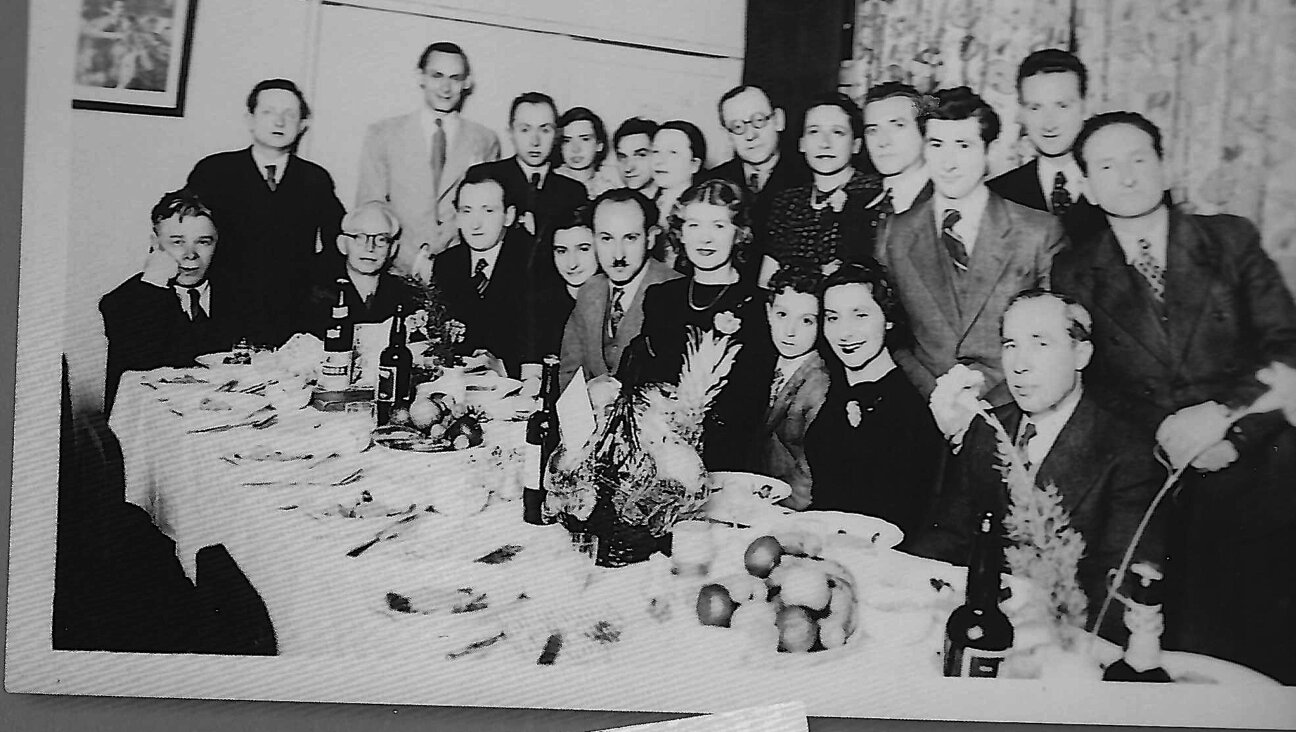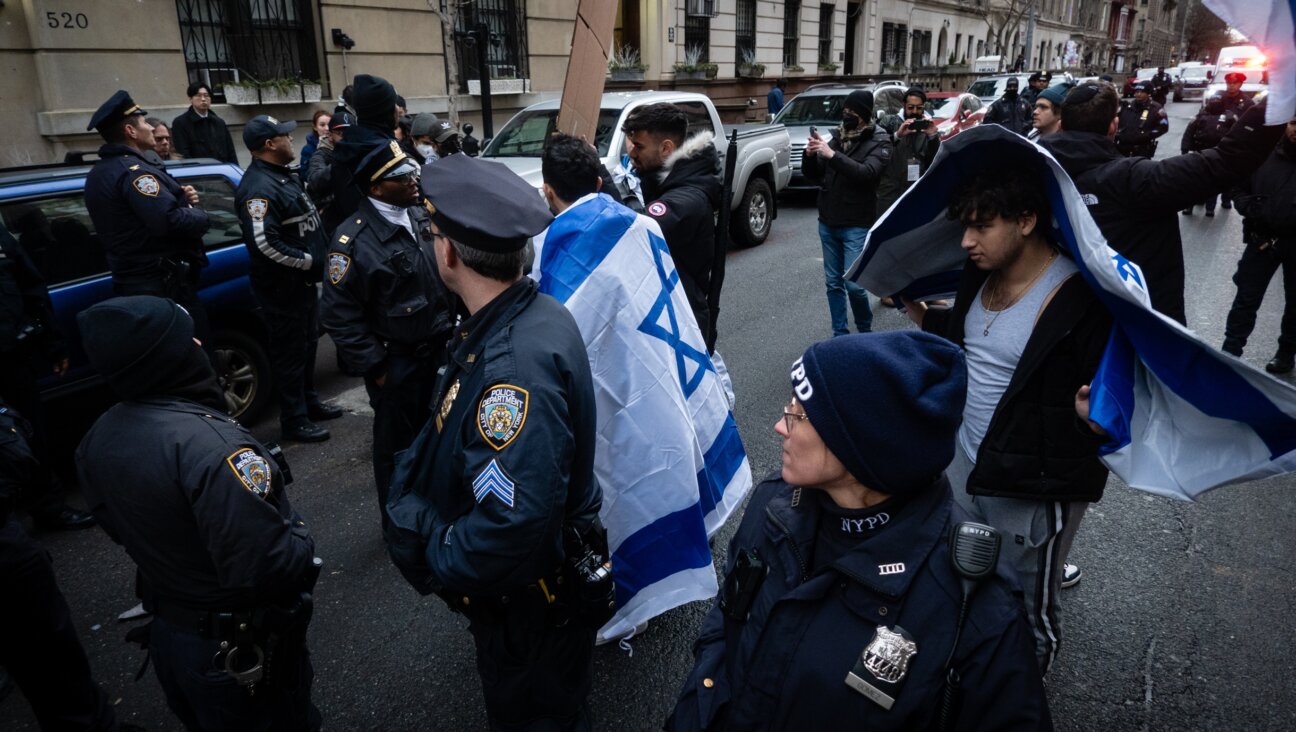Looking to Forebears for Continuity?
Menachem Butler was in the fifth grade when his interest in genealogical research was born. A family-tree project for school had put him on the trail of an ancestor whom his father had always mentioned as a point of pride: Rabbi Shmuel Salant.
Butler, now 19, found out that Salant for nearly 70 years was the chief rabbi of Jerusalem — and his great-great-great-great-grandfather. Over the past nine years, Butler has identified 95% of Salant’s descendants and their life spans. In the process, he has visited Israeli archives and eaten kugel with newfound relatives.
Butler, who grew up in an Orthodox home in Jamaica Estates, Queens, said that the family has always said, “‘Oh yeah, Rabbi Salant, he’s our ancestor.’ So that started me on a little research project.”
Now, Butler said, “my research has gone totally out there.”
It has also garnered the attention of rabbinical genealogy scholars.
Butler, however, is about as far from the stereotype of a genealogist as one can get: A youth leader for Young Israel, he is gearing up for his sophomore year at Yeshiva University. But his enthusiasm brought him to the 23rd International Jewish Genealogy Conference last month in Washington, where he was not the only family-history enthusiast in his age cohort.
Not all young genealogists have such dramatic stories, but more and more Jewish teens are looking into their personal histories to see what they might find. In the past few years, the median age of ancestry buffs in the United States is now just 40, according to Pamela Drake, who in 2001 conducted a study of more than 4,000 American genealogists.
Neil Rosenstein, who has written several books on Jewish genealogy, said that his own observations indicate that Jewish genealogists are, in general, growing younger.
Some Jewish community leaders are interested in this trend, seeing it as a portal to unaffiliated or disaffected young Jews, by now a high priority. The leaders see the personal, not necessarily religious turf of family ancestry, as a great place to start outreach efforts.
Rosenstein, an Orthodox Jew who started researching his own family background when he was 10, understands this reasoning.
With their ancestral trees, he said, genealogists “are the ones who can bridge all kinds of religious extremes. We’re the ones who can say, ‘We’re all part of this big, happy family, and we’re in it together.’”
Universities and organizations have started taking note. A professor at Hebrew Union College, Jonathan Krasner, is writing the first genealogy textbook for American Jewish teenagers, and at least one genealogy society — including an active one in Maryland — is considering a teen program.
The most extensive Jewish teen genealogy effort is the Samberg Family History Program, launched this summer at the Center for Jewish History in Manhattan. The program is a two-week day camp in which high school juniors and seniors learn genealogical research skills in archives, libraries and on the Web. At the end of the summer, they hand in a creative project about their own Jewish forebears.
Louisa Bukiet, 17, is participating in the program. She lives on Manhattan’s Upper West Side and found out about the opportunity from a history teacher at Stuyvesant High School, where she will be a senior this fall. She sees practical reasons for starting genealogical work early.
“Right now my grandparents are all still alive, and I can talk to them about their lives,” she said. “Older people don’t have that. So over the course of the program I’m more and more happy that I did it, because if I started this when I was 50, I wouldn’t have nearly the resources that I have now. I wouldn’t be able to find the same amount of information because it would be so much farther in the past.”
Bukiet said the experience has also brought her closer to her immediate family.
“I’ve started talking to my parents a lot more about their childhoods and I found that there’s all this stuff that you never even think about, and this kind of gave me the shove off, and now there’s so much that I want to know,” Bukiet said.
Bukiet will be visiting her grandparents in Vermont at the end of the summer and is excited to collect photos, as well as her great-grandfather’s World War I discharge papers.
These are exactly the kinds of interactions planners hope to foster, said Jane Rothstein, the curriculum developer and history instructor for the Samberg summer camp. She said program planners are also encouraging students to use what they learn about the past to consider their present.
“Thinking about how people in the past made choices about how to fit into the United States, and how to be Jewish… those are the same kind of issues we all have to deal with on a daily basis,” said Rothstein, a graduate student in American Jewish history at New York University. She hopes the perspective will help teens who are really “trying to figure out their own sense of themselves and the world.”
Budding genealogist Devin Naar, 20, understands what Rothstein means.
“I was a relatively rebellious teenager and struggled with this Jewish thing,” Naar said. “Genealogy has definitely enabled me to find my Jewish identity.”
Growing up in Lawrence, N.J., he went to synagogue occasionally and celebrated his bar mitzvah. He could read Hebrew characters, he said, “but I couldn’t tell you what it meant. I couldn’t understand what use it had. I didn’t feel I had a greater understanding of Hebrew culture and Hebrew language.”
Then in January 2002, while home from his freshman year at Washington University in St. Louis, his father got a letter in the mail. It was from the great-great-grandson of Judge David Naar, the first Jewish mayor of an American city — Elizabeth, N.J. — and a well-known Civil War-era judge. The writer wanted to know if Devin Naar’s family and his own were related.
“So I started asking around,” said Naar. “I’m a history major, and I’ve always been fascinated thinking why I ended up in the suburbs of New Jersey and not in Bosnia or something.”
Helped along by some pre-existing family trees, he traced his family’s path from pre-Inquisition Spain through Portugal, the Netherlands, Belgium, Curacao and Greece. Along the way he has rediscovered his Sephardic roots and taught himself Judeo-Spanish, a Spanish dialect written in Hebrew characters.
Not only is genealogy interesting, Naar said, but it’s also practical. “Now,” he said, “a research paper is a piece of cake to me.”
Naar said that when he attended synagogue growing up, it was at his parents’ Conservative shul. Now, though, he’s passionate about learning about his “cultural and historical” Sephardic roots.
“This year I’m going to try to start up a Sephardic minyan [at Washington University],” he said. “And we’ll do some Ladino prayers and melodies.”
“Genealogy,” he said, “helped me understand [that] Judaism is not a monolithic identity.”
That is exactly the kind of personalization of the religion that some Jewish leaders are hoping genealogy can foster.

I hope you appreciated this article. Before you go, I’d like to ask you to please support the Forward’s award-winning journalism this Passover.
In this age of misinformation, our work is needed like never before. We report on the news that matters most to American Jews, driven by truth, not ideology.
At a time when newsrooms are closing or cutting back, the Forward has removed its paywall. That means for the first time in our 126-year history, Forward journalism is free to everyone, everywhere. With an ongoing war, rising antisemitism, and a flood of disinformation that may affect the upcoming election, we believe that free and open access to Jewish journalism is imperative.
Readers like you make it all possible. Right now, we’re in the middle of our Passover Pledge Drive and we need 500 people to step up and make a gift to sustain our trustworthy, independent journalism.
Make a gift of any size and become a Forward member today. You’ll support our mission to tell the American Jewish story fully and fairly.
— Rachel Fishman Feddersen, Publisher and CEO
Join our mission to tell the Jewish story fully and fairly.
Our Goal: 500 gifts during our Passover Pledge Drive!







